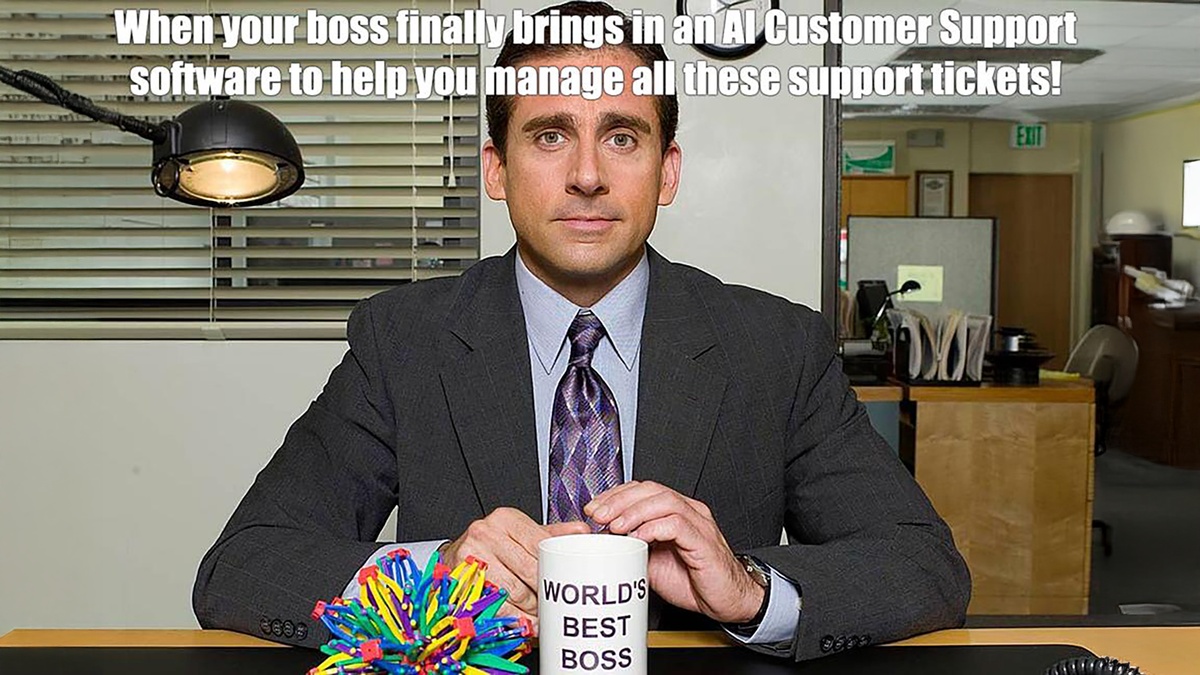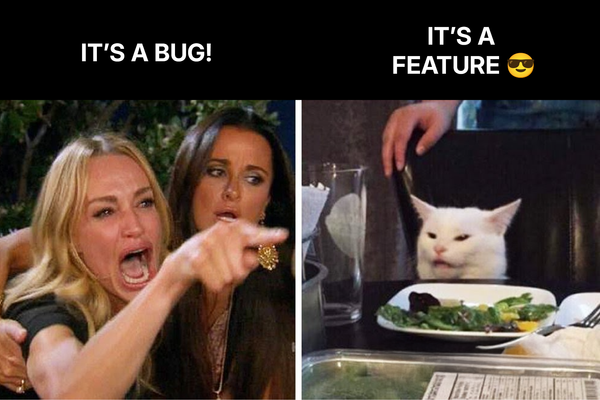Klarna replaced 700 support reps with AI - now they're hiring them back!

Klarna, the Swedish "buy-now-pay-later" fintech, sent shockwaves through most of the customer service industry when they announced back in 2022 that they would lay off 700 customer support employees, and instead "embrace AI-powered systems".
In short: They replaced humans with AI chatbots.
Fast forward to May, 2025:




What the hell just happened?
This is the biggest experiment of implementing chatbots to fully replace human support reps that I know of.
Some learnings to draw from this...
- It is possible to replace human support reps with AI Chatbots, and it will save you a lot of money.
- AI Chatbots can solve many different support cases and do so very fast (insantly).
But there's a flip side to this:
- The AI Chatbots failed to help customers with a good enough quality.
- Customers started losing the "connection" to the company (loss of brand value).
- Customers reported "lack of empathy and human connection" (well, duh!).
Klarna CEO Sebastian Siemiatkowski admitted this and has now started to re-hire the customer support reps they laid off only a couple of years ago!
Apparently, directing already-annoyed customers to interact with a less-than-perfect AI Chatbot wasn't the best approach.
As Siemiatkowski shared in a Bloomberg interview, 'Cost, unfortunately, seems to have been a too predominant evaluation factor when organising this; what you end up having is lower quality.'
What an expensive learning to draw from rushing into uncharted technology waters...
Where does that leave us?
Right in the middle!
The technology simply isn't ready to fully replace human support agents.At the same time, it's so advanced that most companies can still benefit greatly from applying it.
AI Chatbots are great for simple cases where a quick resolution to a well-known problem is needed.
Humans are (still) superior to machines for more complex issues or cases where the customer needs to feel heard and empathetic from the rep.
And then there are cases like (my favourite example) the Danish SaaS, Dinero, who has successfully implemented an AI Chatbot in their front-line support, which has a CSAT score (customer satisfaction score) just as high as their human support agents (between 80 and 90, which is mindblowingly impressive in itself)
They're succeeding because they've invested significant time and energy in providing high-quality training material, fine-tuning the chatbot and its replies and (perhaps most important!) made it super easy for the customer to 1) choose if they want to interact with a chatbot or a human and 2) instructed the chatbot to direct the case to a human if it doesn't know the answer!
Some advice when implementing AI chatbots
Take those four bullets as general "best practice" advice for implementing AI Chatbots:
- You must provide a lot of high-quality training material.
- You must constantly review, fine-tune and improve the chatbot's replies.
- Let the customer choose whether to interact with the chatbot or a human (you can "nudge" this by showing the expected reply time: Instant vs. XX minutes).
- If the chatbot doesn't know the answer, make sure it doesn't start hallucinating, but instead redirects the question to a human agent.
This is technology- and provider-agnostic advice that everyone should implement.
This will also be native and built into the AI Agents that we, at Herodesk, are currently developing and will release this year.
I don't mind making some decisions on behalf of our customers, such as having the bot say "I don't know, here's a human!" when we know that it will lead to a far better customer experience.
For the present and short-term future, I believe the best option is to mix humans and AI agents.Then we'll have to want and see where the technology takes us in the future...
I've often joked, "It's easy to create a chatbot—what's difficult is creating one that gives a good reply!"
This has been shown to be very true.





